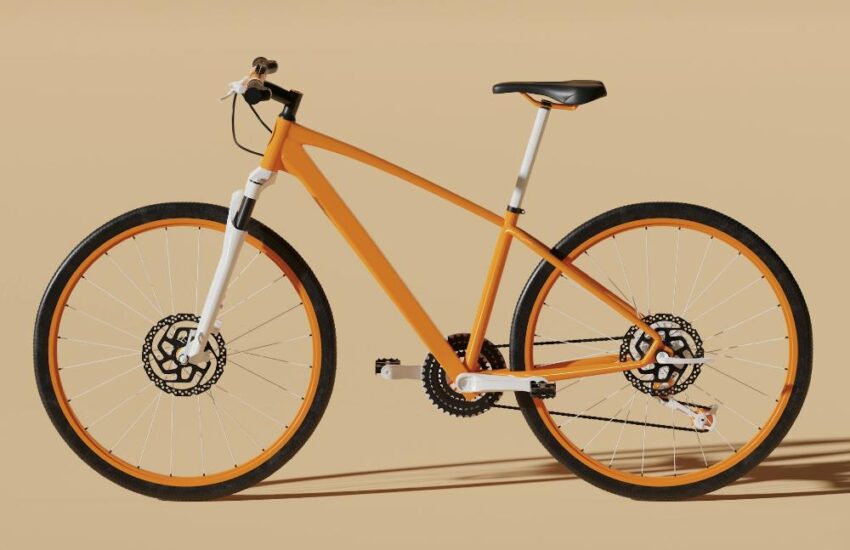How To Prepare For Bad Weather When Going Camping
Camping is a wonderful way to connect with nature, unwind, and create lasting memories. However, Mother Nature doesn’t always cooperate with our plans, and unexpected bad weather can quickly turn a camping trip into a soggy and miserable experience.
But fear not! With some careful preparation, you can weather any storm and still have an amazing camping adventure. In this blog post, we will guide you through the essential steps to prepare for bad weather when going camping.

Understanding the Weather Forecast
Before embarking on your camping trip, it’s crucial to check the weather forecast for your destination. This will give you valuable information about the conditions you can expect during your stay. Pay attention to factors such as rain, wind speed, and temperature fluctuations. Understanding the weather conditions will help you gather the right gear and plan accordingly.
Choosing the Right Camping Gear
When it comes to camping, staying comfortable and dry during bad weather is integral for a safe and memorable experience. With that in mind, camping enthusiasts at Rtivities recommend paying close attention to choosing the right camping gear. It is essential to have reliable equipment that can withstand different weather conditions and provide comfort during your outdoor adventures.
When it comes to selecting a tent, camping experts suggest considering factors such as size, weight, durability, and ease of setup. Look for features like waterproofing and ventilation to ensure you stay dry and comfortable in rainy or humid conditions. Additionally, a sturdy tent can withstand strong winds, providing you with a secure shelter.
Aside from the tent, camping enthusiasts emphasize the importance of investing in other essential gear. A quality sleeping bag is crucial for a good night’s sleep, especially in cooler temperatures. Opt for a sleeping bag that offers insulation and is suitable for your camping climate. Additionally, having a reliable backpack that can comfortably carry all your camping equipment is essential for backpackers. Look for one that is spacious, durable, and has proper weight distribution to ensure a comfortable hiking experience.
Clothing and Footwear
Proper clothing is key to staying warm and dry in inclement weather. Layering is essential, as it allows you to adjust your attire according to changing conditions. Start with a moisture-wicking base layer, add insulating layers for warmth, and top it off with a waterproof and breathable outer shell. Don’t forget to pack extra socks and underwear to keep your feet and body dry. When it comes to choosing the right materials for your socks, choose ones that wick moisture away from your skin, such as wool or synthetic blends. Avoid cotton, as it retains moisture and can lead to cold, clammy feet. For the utmost comfort and performance, consider investing in high-quality 100% Merino wool socks for men and women, which provide excellent moisture management and insulation even when wet. By prioritizing proper clothing and materials, you can ensure a comfortable and enjoyable outdoor experience regardless of the weather conditions.
Footwear is equally important. Opt for waterproof and sturdy hiking boots that provide good traction on wet and muddy terrain. Consider bringing a spare pair of shoes or sandals for when your boots need time to dry out.
Food and Water Management
In bad weather, it’s crucial to plan and pack enough food for unexpected delays. Opt for non-perishable items such as canned goods, dried fruits, nuts, and energy bars. Avoid foods that may spoil easily, especially in high temperatures or wet conditions.
Proper food storage is essential. Make sure to pack your meals in sealed containers or resealable bags to prevent moisture from seeping in. Consider using coolers or waterproof containers to protect perishable items.
Additionally, ensure you have a sufficient supply of clean drinking water. If the campsite doesn’t have a reliable water source, bring enough water bottles or invest in a portable water filter system.
Setting Up Camp
Choosing the right campsite can make a significant difference during bad weather. Look for a location that offers natural protection, such as being shielded by trees or hills. Avoid setting up camp in low-lying areas prone to flooding.
Before pitching your tent, prepare the campsite by clearing any debris or sharp objects. Level the ground as much as possible to avoid pooling water. Utilize natural barriers like trees or rocks to provide additional shelter from wind and rain.
Fire Safety
While camping during bad weather, it’s essential to prioritize fire safety. Check local regulations and restrictions regarding open fires, especially during periods of high fire risk. If allowed, build your fire in a designated fire pit or use a portable stove instead.
Ensure that your firewood is dry and stored in a covered and protected area. Wet firewood can be challenging to ignite and produce more smoke than heat. Always have a backup plan for cooking, such as a portable stove or camping grill.
Emergency Preparedness
When camping in inclement weather, it’s crucial to be prepared for emergencies. Pack a well-stocked first-aid kit with essential supplies like bandages, antiseptic ointment, and medication specific to your needs. Familiarize yourself with basic first-aid procedures before your trip.
Carry emergency communication devices like a radio or cell phone. Make sure they are fully charged and protected from moisture. Research and note down the location of nearby emergency services and evacuation routes for quick access if needed.
Staying Safe During Bad Weather
Monitoring the weather closely while camping is vital. Keep an eye on updated forecasts and be prepared to adjust your plans accordingly. If severe weather is approaching, seek shelter immediately. Stay away from tall trees, open fields, and bodies of water during thunderstorms to avoid lightning strikes and flash flooding.
Be aware of potential hazards and stay vigilant. Secure your tent and gear properly to prevent them from blowing away in strong winds. Avoid setting up camp near rivers or streams that can rapidly rise during heavy rainfall.
Don’t let bad weather dampen your camping experience. By understanding the forecast, choosing the right camping gear, clothing, and footwear, managing food and water, setting up camp properly, prioritizing fire safety, being prepared for emergencies, and staying safe during bad weather, you can ensure a successful camping trip even in unfavorable conditions.
Remember always to prioritize your safety and make smart decisions based on the weather conditions. Proper preparation allows you to embrace the elements and create unforgettable camping memories, rain or shine.


